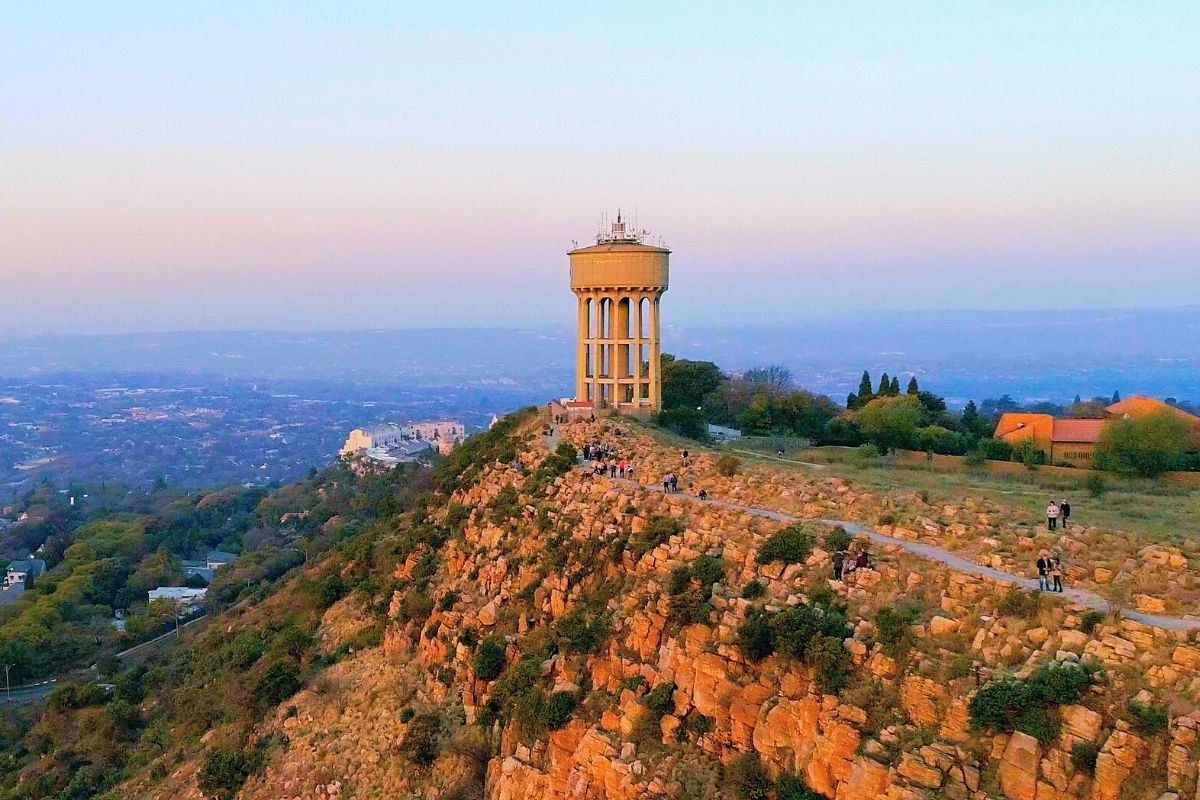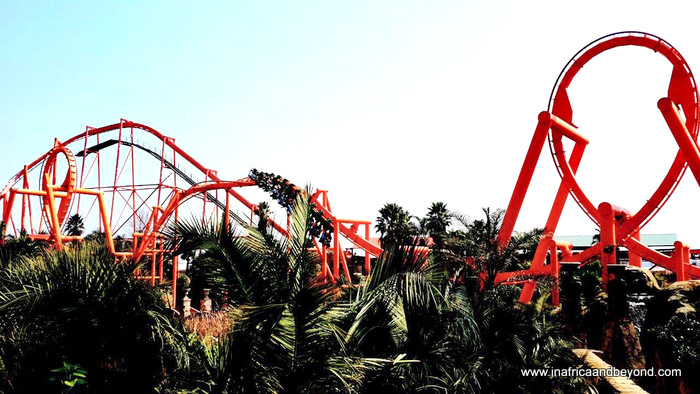Johannesburg North Attractions for Beginners
Johannesburg North Attractions for Beginners
Blog Article
The Facts About Johannesburg North Attractions Uncovered
Table of ContentsJohannesburg North Attractions Things To Know Before You Get ThisRumored Buzz on Johannesburg North AttractionsThe 2-Minute Rule for Johannesburg North AttractionsJohannesburg North Attractions for BeginnersThe Definitive Guide to Johannesburg North AttractionsWhat Does Johannesburg North Attractions Mean?
The city grew on the side of the Witwatersrand Key Reef, a below ground stratum of gold-bearing quartz-silica empire that arcs for hundreds of miles underneath the Highveld - Johannesburg North attractions. Many of the gold mines in the city discontinued procedure in the 1970s, however in its day the Witwatersrand gold market accounted for more than 40 percent of the world's annual gold production.Johannesburg has a pleasant environment. Summertime temperatures average concerning 75 F (24 C); winter months temperatures average concerning 55 F (13 C) and only sometimes dip listed below cold. The city enjoys regarding 8 hours of sunlight per day in both winter months and summer season. Rain standards concerning 28 inches (700 millimetres) per annum, but the total differs substantially from year to year.
What rainfall the city obtains falls nearly exclusively in the summertime, often in magnificent late-afternoon electrical storms. Air air pollution poses a significant issue, particularly in the cold weather, when thermal inversions impede the westward circulation of air from the Indian Sea. Pollution is most severe in the densely settled Black territories on the city's periphery, where many residents still count on coal for fuel.

Johannesburg North Attractions for Beginners
The equilibrium of the city is occupied by whites. Accommodation varies in personality and high quality.
Physical development, although rather restricted by transport, continued promptly as migration to South Africa, and Johannesburg particularly, raised significantly. This trouble was solved in the 1930s when the automobile was presented in automation to South Africa. Vehicles were, for the a lot of part, confined to the wealthy, and permitted them to move to the north of the city and commute into the centre.
Many poor suburbs were mixed, with bad blacks and whites living with each other, although the rich suburban areas were typically booked for whites.
The number of individuals living in the inner city on an informal basis is unidentified, as several are illegal immigrants. The joblessness, education, and age profiles of the area are all unidentified, due to the problem of acquiring dependable info about the location.
The Definitive Guide for Johannesburg North Attractions
Centred on the CBD, the region consists of the residential areas of Yeoville, Bellevue, Troyeville, Jeppestown, and Berea to the east. To the west it infects Pageview (Johannesburg North attractions) and Fordsburg. There are tiny enterprise zones to the south, such as City West-Denver and Benrose. Around 800,000 travelers pass with the central city every day, and it operates as a local purchasing node for visitors from the southern suburban areas. Yeoville and Bellevue have a mix of home buildings and single domestic units on small whole lots. The area lies on a mountainous divide that ranges click here to find out more from eastern to west. The most obvious geographic function is Observatory Ridge, which is called for the large observatory located on it. The leisure spaces are no much longer this page made use of, due to security troubles.

What Does Johannesburg North Attractions Do?
The eastern suburbs are some of the oldest areas of Johannesburg, there are large communities of Jewish and various other European backgrounds, the bulk of the population is English talking. There are 3 golf courses as well as a number of secured ridges with viewsites.
The location is mainly made up of old "matchbox" houses, or four-room residences developed by the federal government, that were constructed to provide affordable holiday accommodation for black workers throughout discrimination. Soweto is an acronym, meaning "South Western Townships". Road after road around is lined with matchboxes; nonetheless, there are a few smaller sized locations where prosperous Sowetans have constructed homes that are a lot more similar in stature with those in even more wealthy suburban areas.
Hostels are another famous physical feature of Soweto. Originally constructed to house male migrant employees, many have actually been improved as dwellings for couples and households. The N1 Western Bypass skirts the eastern limit of Soweto. The suburban area was not historically allowed to create employment centres within the area, so mostly all of its locals are commuters to other parts of the city.
The Of Johannesburg North Attractions
The household locations in the north suburbs are mainly official, with no significant locations of informal real estate, or real estate that lacks an irreversible structure. This is website here an established area, there is a pattern of land use adjustment from domestic to business, particularly along primary arterial roadways and around well established nodes.
Roads to the eastern and west are less well established, as there are no freeways taking a trip in that direction. Towards the north border of the city, the density of advancement reduces, leaving huge areas of untaught land around Midrand.
A Biased View of Johannesburg North Attractions
, which is situated on a hillside overlooking the internal city and Hillbrow.
Report this page